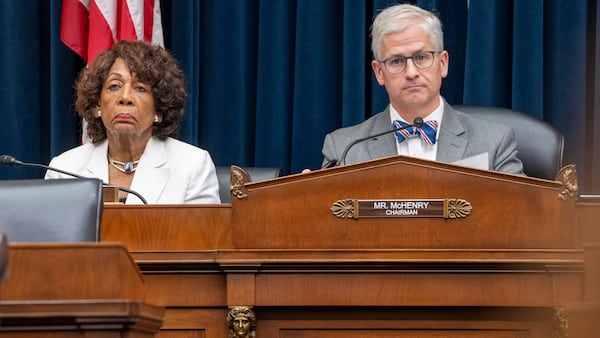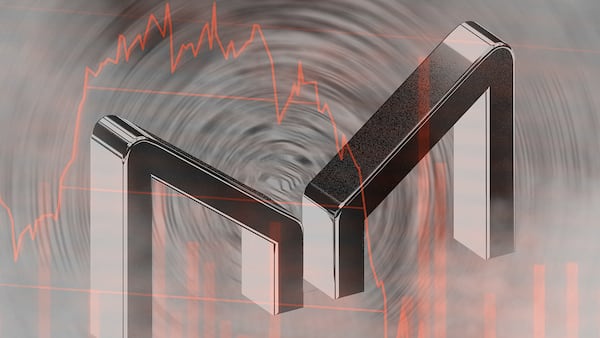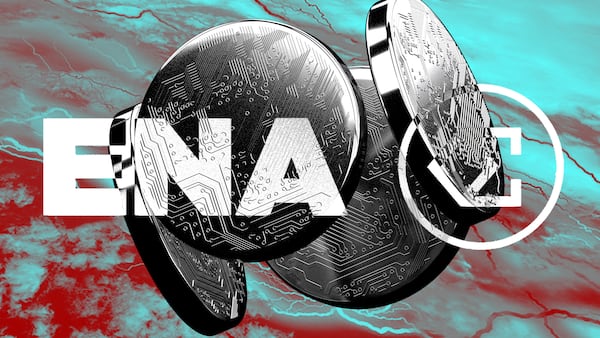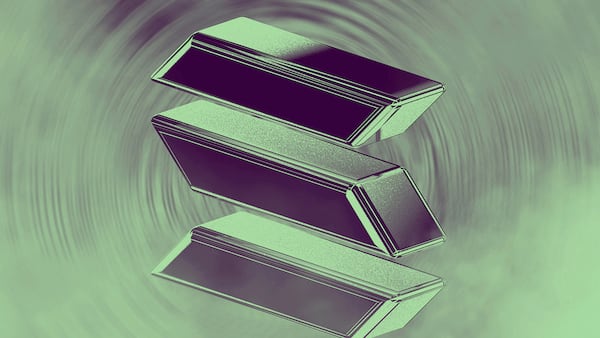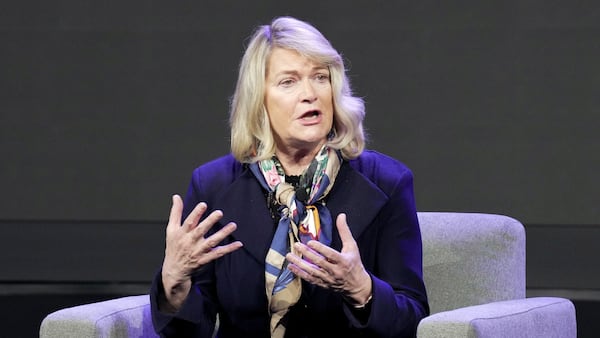- Stablecoins threaten to privatise key roles that central banks play in the financial system.
- A new project from a group of central banks aims to fight back.
A version of this story appeared in our The Guidance newsletter on April 8. Sign up here.
GM, Joanna here.
Central banks worry about the increasingly crowded stablecoin field.
DL News’ Aleks Gilbert spoke to Ripple CTO David Schwartz about the company’s planned launch of a stablecoin, a venture that will compete with Circle and PayPal’s dollar-pegged cryptocurrencies.
Aleks writes that stablecoins “are one of the few applications of crypto technology to have found traction in the real world,” with Bernstein analysts predicting that the market will hit $3 trillion by 2028.
That’s threatening to central banks on several fronts, including cross-border payments.
Central banks facilitate massive transactions daily in government-issued currencies between international financial institutions.
Stablecoins threaten to usurp and privatise this payments function.
Enter Agorá
The Bank of International Settlements — a financial institution owned by most of the world’s central banks — just moved to shore up central banks’ dominance with a project called Agorá.
Agorá aims to tokenise both central bank money — as a so-called “wholesale CBDC” — and commercial bank deposits in order to facilitate cross-border payments on the blockchain.
While this project is nascent — no commercial banks have signed on — it reveals its member banks’ worries.
Even as the BIS hopes that Agorá brings faster payments for banks, it’s also looking to maintain central banks’ middleman role.
“Our goal is to perfect the role of intermediaries in the international monetary system,” Hyun Song Shin, BIS head of research and an economic adviser, said during a news conference last week.
Arguably, that’s a good thing.
The BIS says using central bank money in cross-border finance maintains a level playing field between parties using different currencies or types of money, protecting them from fluctuations in exchange rates.
Some in the crypto industry are not pleased, however.
For suppliers of e-money tokens, this kind of project is about shoring up the status quo — the supremacy of banks in the financial system that crypto once threatened to disrupt.
Jon Helgi Egilsson, co-founder of e-money issuer Monerium, told me that banks realise they’re threatened by tokens that make payments relatively frictionless.
While it makes sense for commercial banks to maintain their dominance, central banks should not be favouring one group of competitors over another, said Egilsson, a former chair of the supervisory board of the Central Bank of Iceland.
Central banks “are a public institution, and their aim is to make sure there is financial stability and that inflation is OK,” Egilsson said.
“Is it the role of a public institution to increase the competitiveness of banks? Maybe, but then they should support the other group equally.”
Email me joanna@dlnews.com, or Telegram @joannallama.




